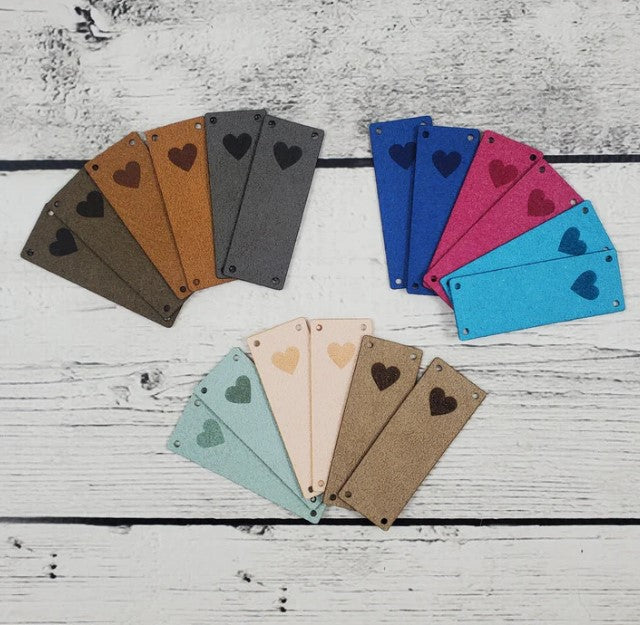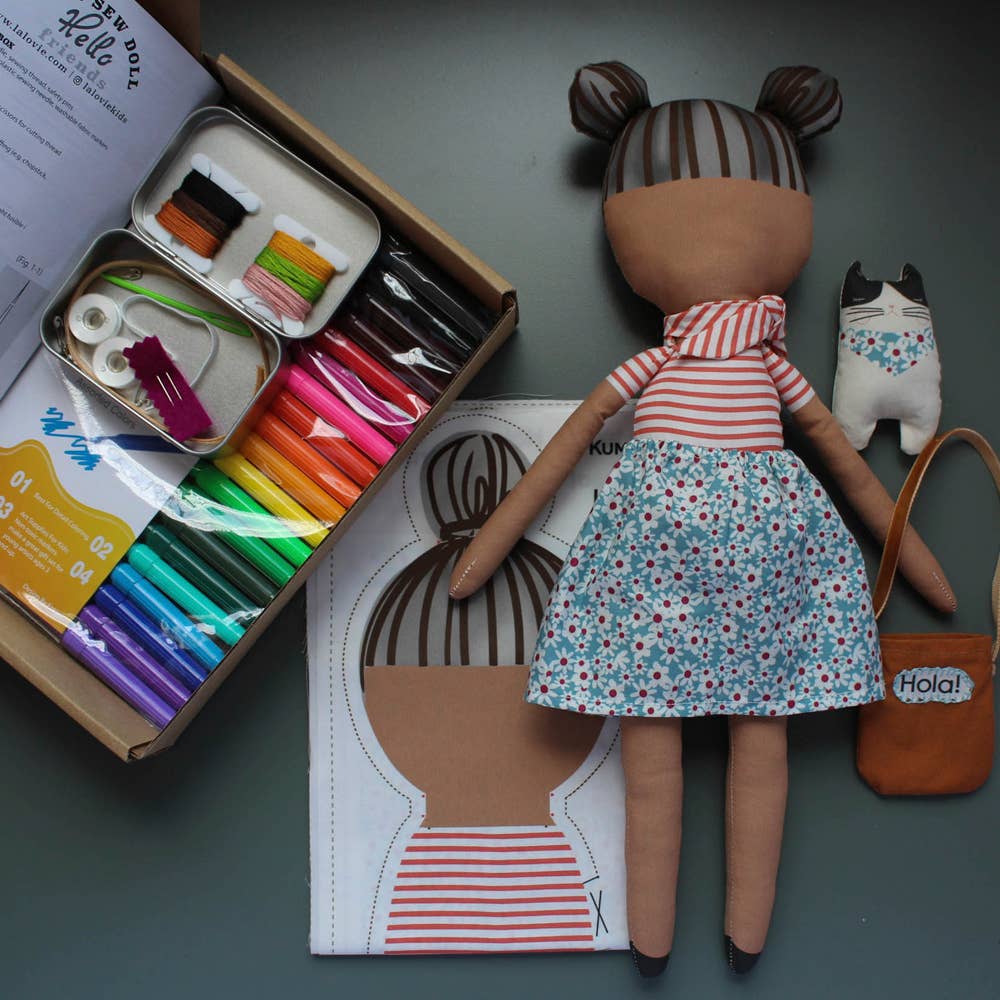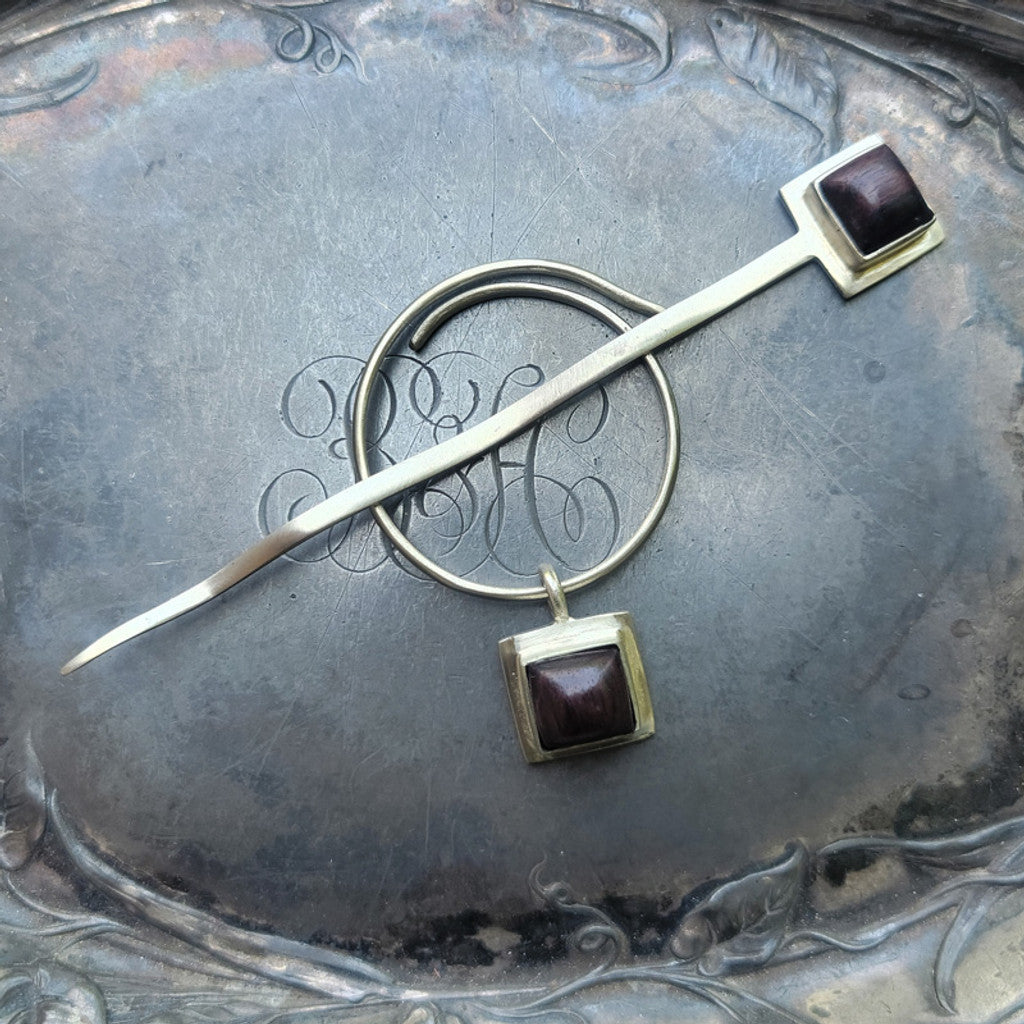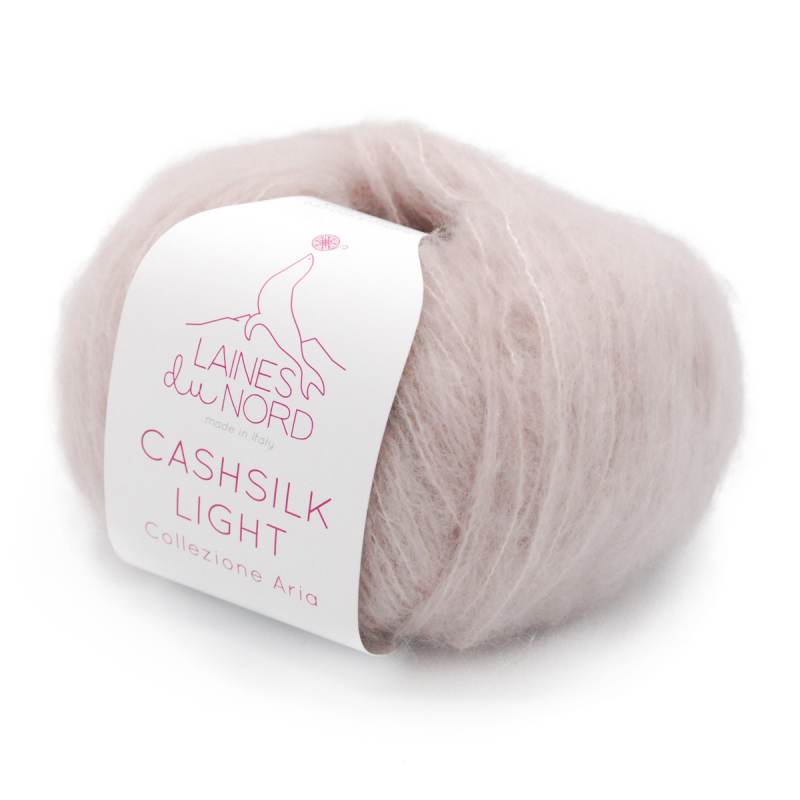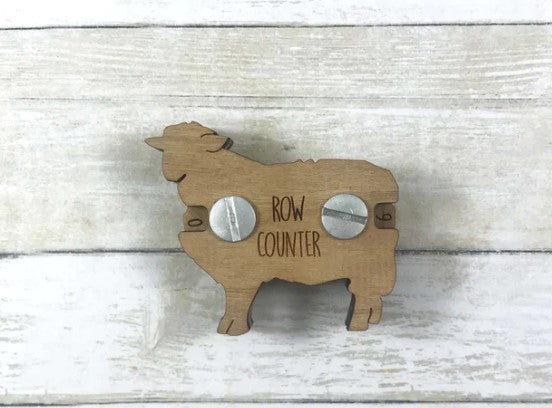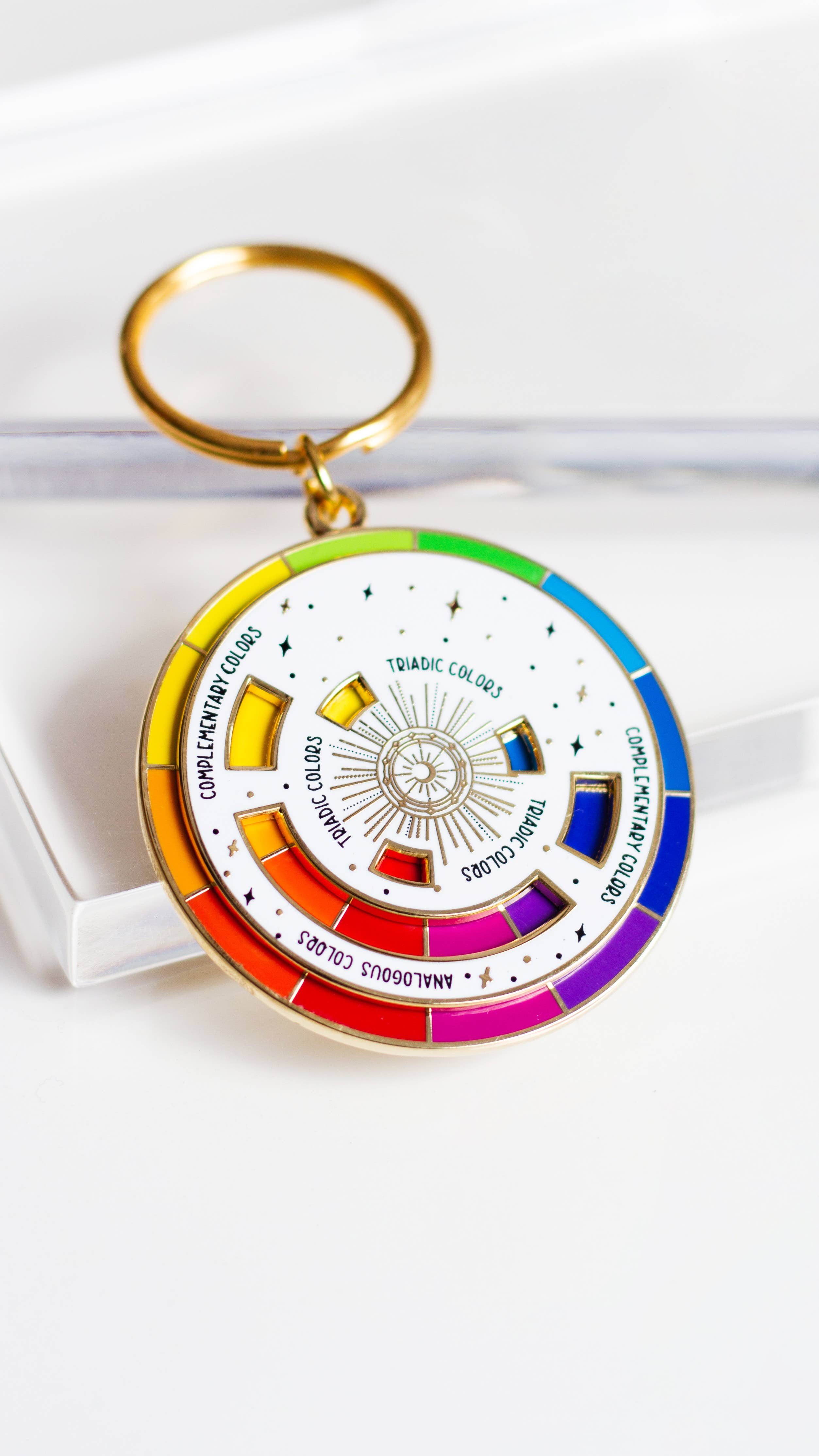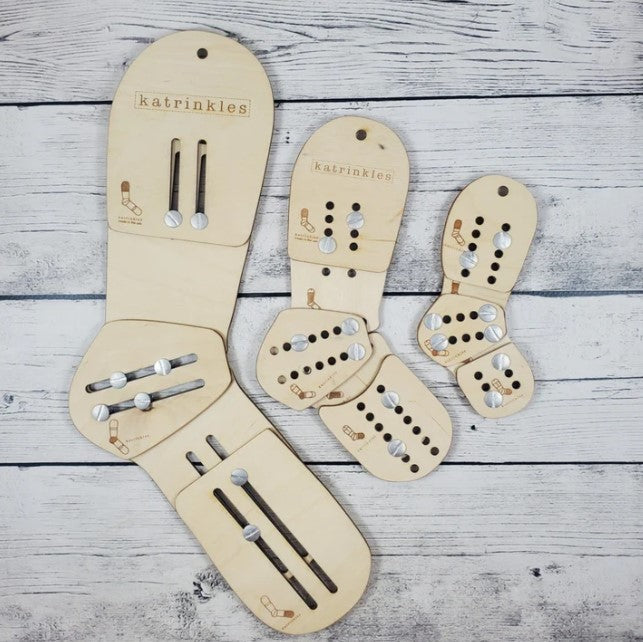So, You Want to Make a Rug?
Rugs serve many purposes in your home, from providing warmth and ambiance to showcasing your individuality, but they can also be an outlet for your creativity. Instead of spending more money than you want on a beautiful rug or choosing a so-so design that isn’t quite your style, you can learn to make your own rug and get exactly what you want. As an added bonus, making your own rug gives you an opportunity to get creative and reuse materials you have lying around the house for a design that’s uniquely you.
The History of Rug Making
Weaving rugs by hand is an ancient practice. The oldest known hand-woven rug, the Pazyryk Carpet, was believed to have been made in 5 BC. It was discovered in a tomb in Siberia, in excellent condition for its age.
Rugs are believed to have been created for comfort and cleanliness throughout history, eventually evolving into a source of home décor and individuality. Rugs provided warmth and protection for bare feet, while also displaying more intricate patterns, artwork or colorful designs as time wore on and more tools, dyes and fabrics became readily available.
How to Make a Toothbrush Rug
Toothbrush rugs, or rag rugs, are simple to make and a great way to repurpose fabric. A non-slip rug mat, fabric strips and a toothbrush needle are all you need to get started. Toothbrush rugs are versatile enough for any room of your home, including a child’s bedroom, and your color and fabric options are endless.
Instructions credit: Dutch Hollow Acres.
How to Make a Hula Hoop Rug
For the perfect blend of upcycled household items, take a look at this hula hoop rug. The hula hoop acts as a loom to begin your rug, and some old clothes can easily be used as your rug fabric. These rugs are simple to make and have an interesting design, along with a beautiful pattern that can be adapted to your unique décor and style.
Instructions credit: AllParenting.
How to Make a Tablecloth Rug
Tablecloths come in a variety of gorgeous colors and patterns, but they tend to cost far less than a similar rug. Fortunately, you can easily repurpose a tablecloth into a beautiful rug with a rug pad. This is simple to do and will give you a completely unique addition to your home. The instructions call for polyurethane and spray adhesive, but these can be substituted with candelilla wax (a sustainable alternative to beeswax) and an eco-friendly, water-based bio-adhesive with no VOC or petrochemicals and recyclable packaging for a completely “green” rug.
Instructions credit: DreamBookDesign.
How to Locker Hook a Rug
If you’ve ever browsed the yarn section of a craft store in awe of all the soft, brightly-colored yarns available, this rug is for you. The locker hook technique is similar to latch hook crafts, which will give you a tightly-woven, super-soft rug that incorporates whatever yarn colors and textures you like. You can turn this technique into a rag rug by using one-inch strips of your fabric scraps instead of yarn. All you need is a rug canvas, a locker hook, a tapestry needle, scissors and yarn or fabric.
Instructions credit: Instructables.
How to Hook a Rug
If you’d like to make a rug with an intricate design or artwork, rug hooking is the way to go. This simple technique uses a pattern or a drawing on a piece of burlap, which you then thread wool fabric strips through to create your design. Like many of these other rug projects, this is a popular choice for repurposing old wool or other types of fabric.
Instructions credit: Rug Hooking Magazine
How to Make a Penny Rug
Penny rugs are the ultimate in “make it do” crafting. In the past, creative women had to find innovative ways to reuse what they had to create their décor, which included rugs. Small pieces of wool, felt and other fabrics were collected from clothing, coats, hats, blankets and anything else they had, which were then used for rugs and other home décor. Coins were used as templates for small, circular shapes of like fabric and colors, leading to the term “penny rug.” These were often used as wall hangings, bed covers and table runners as well.
These rugs are incredibly easy to make and give you an opportunity to turn wool felt, old clothes and blankets into beautiful works of art.
Instructions credit: A Storybook Life.
How to Make Pom-Pom Rugs
Pom-pom rugs are a quirky addition to your home, especially a child’s room, but they’re also incredibly soft and comfortable. Making a pom-pom rug takes a little more effort, but it’s worth the end result. They can also provide any look you want, from a bright, colorful blend of colors to a neutral or monochromatic look, so your only limitation is the yarn color.
Instructions credit: So Creative Things.
How to Make a Wine Cork Bath Mat
If you’re a wine drinker, you’ll love this exotic bath mat craft idea. A wine cork bath mat not only looks tropical and warm, but it’s also excellent for absorbing moisture. Once you collect the wine corks you need, this mat is simple to make. For this craft, you’ll need a non-adhesive shelf liner, a hot glue gun, glue sticks, sand paper, a pocket knife, a rotary cutter and a cutting board.
Instructions credit: Crafty Nest.
How to Make a Braided Rug
Another great way to repurpose old t-shirts or curtains is a braided rug. These beautiful, intricate rugs are super soft and easy to make, as well as durable and warm. Once you find the fabric in the colors you want, you’ll just need a ruler, scissors, safety pins and a sewing kit to make your own in a single weekend.
Instructions credit: Inhabitat.
How to Make a Nautical Knot Rug
It may look complicated and intricate, but this nautical knot rug will add some simple elegance and warmth to your home, and it’s really easy to make. All you need is cotton or hemp rope and a little hot glue to secure the ends.
Instructions credit: The Spruce.
How to Felt a Faux Stone Rug
Stone rugs are beautiful and elegant, but they don’t offer the comfort and warmth of a fabric rug. A faux stone rug made from wool has a similar look, but it’s still warm and soft. You have to felt your own wool roving for this one, but the results are well worth it.
Instructions credit: Instructables.
How to Make Rope Rugs
For a rustic look, a rope rug is the way to go. These can be made from natural, affordable fibers like twine, sisal or cotton, and they’re easy to make. Heavier materials, like twine, are excellent for entryways that receive a lot of foot traffic, while softer cotton is a better choice for areas you’ll likely go barefoot. Rope rugs don’t require any sewing, crocheting or weaving, so all you need a hot glue gun and a mat to wrap and glue your materials into your desired rug design.
Instructions credit: Home-Dzine.
Trying out one of these rugs? Tag us on Instagram @ecofriendlycrafting so we can see!
- Choosing a selection results in a full page refresh.
